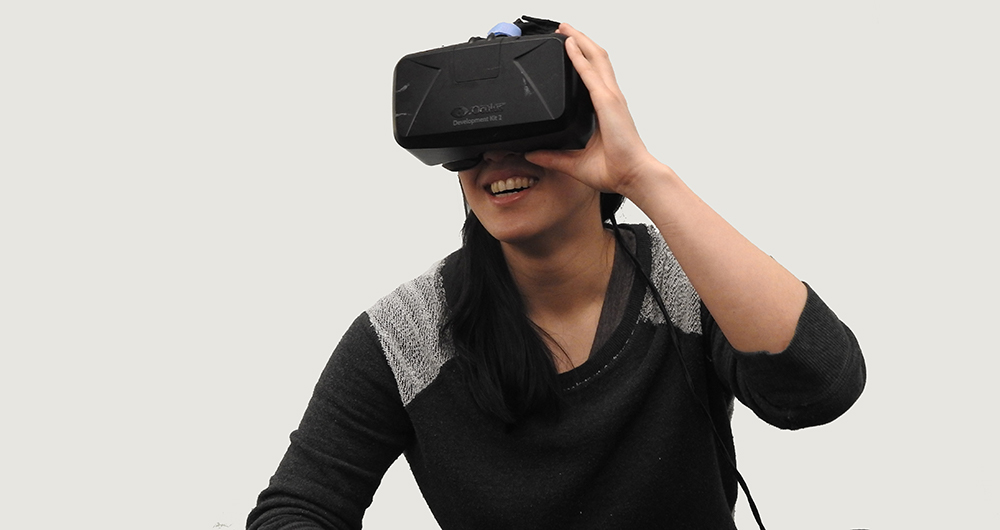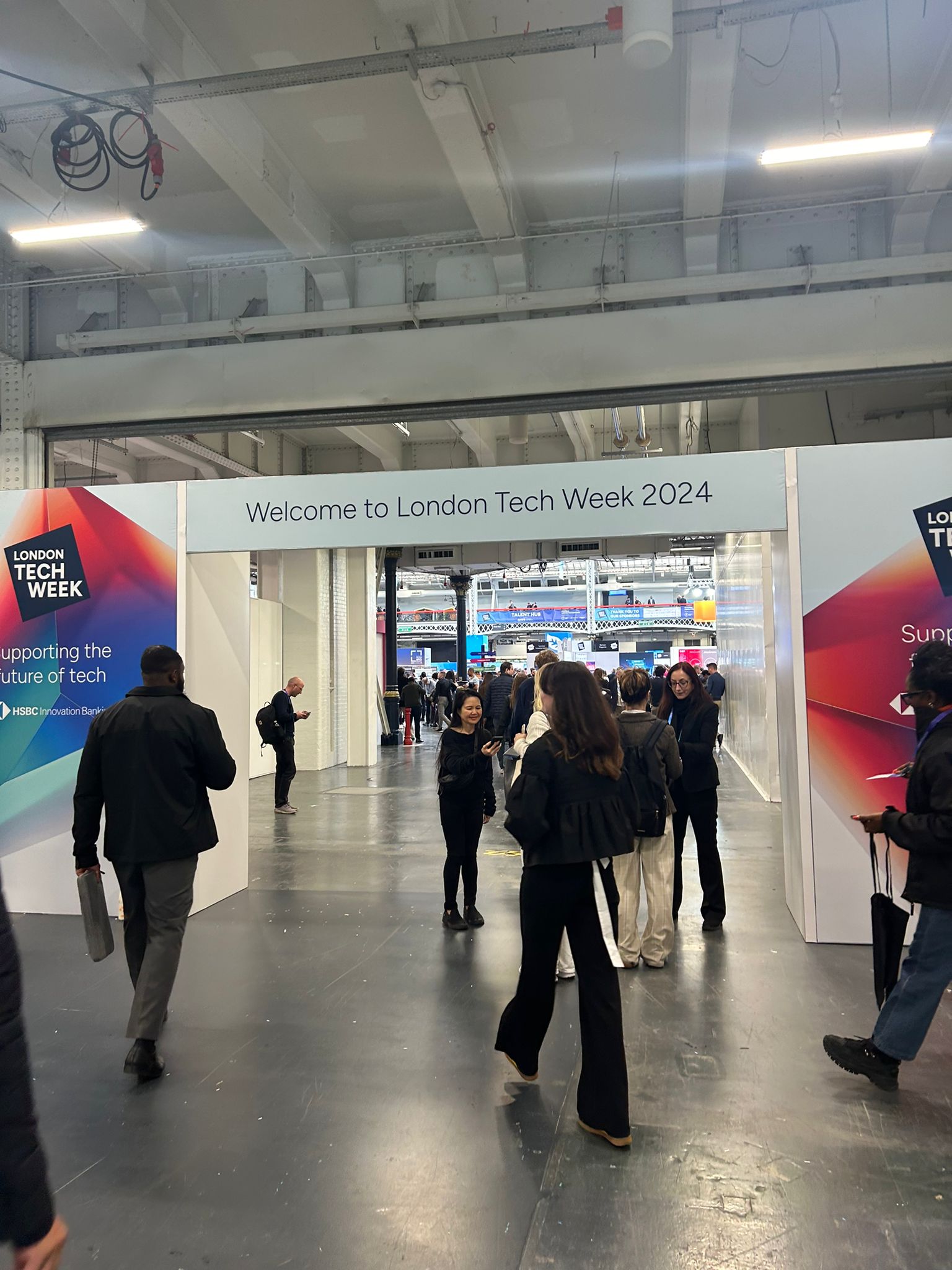Although healthtech was traditionally a male-dominated industry, the introduction of femtech as a sub-sector has transformed the space. But in order to make real leaps forward in the development of both markets, there are still obstacles that need to be clambered over
I attended a panel discussion last week, which was hosted by Marija Butkovic, CEO of Women of Wearables, the network for females innovating across different tech sectors like VR, IoT and fashion tech. The focus of the event was on investing in femtech and healthtech, specifically looking at the market from an investor’s perspective.
The panel consisted of Gian Seehra from Octopus Ventures, Victoria Perweiler from Digitalis Ventures, Toby Kress from Plus X and CRL, and Nathan McNally from P4 Precision Medicine Accelerator. The key theme behind this discussion was why the femtech sector is on the rise and what its limiting factors were before.
Despite 50% of the world’s population being female, just $23m worth of venture capital was invested in the global femtech industry a decade ago. That figure grew at a modest pace until 2015. In 2017, VC investors participated in 49 deals in the femtech space, totalling $354m. This growth is reflected in the fact that this is an industry where 35% of femtech patents filed have women listed as inventors, which is significantly higher than other technology areas where women only make up about 19% of inventors cited on patents.
Elsewhere, the wider healthtech sector was a male dominant industry, but this is now changing and the rise of femtech as a separate market is proof of the lack of investment it previously received. Indeed, it was highlighted that medical research used to be done by “by men for men”. It wasn’t until 1994 that the National Institutes of Health (NIH) mandated the inclusion of women in clinical trials.
When discussing what investors look for in a business, the general consensus was that each panellist looks at the point where the science meets the consumer and for founders who understand their customer and their market.
Victoria from Digitalis Ventures offered an interesting example of how some behavioural changes are difficult to address when it comes to femtech products. Millions of pounds are spent each year on advertising for Viagra, but there is no advertising spend for products related to menopause because it is still a very “hush hush” topic amongst the generation of women who will use the products available. This might be something that changes further down the line as later generations are more likely to talk openly about menopause.
Seemingly femtech and healthtech are both slow-burning areas, based on what the speakers had to say. They cannot be scaled up quickly due to the level of academia, research and government approval/legislation that a product must go through before going to market. There’s also the difficulty of accessing data, which is predominantly held by doctors or academics and as such means it is not immediately available in the public domain.
Another sticking point, according to Gian from Octopus Ventures, is that there will always be female products that men find difficult to sell and male products women find difficult to sell. One example he gave was that it’s far more difficult for women to sell hair loss products which cater to the male market.
When looking from an investor perspective at the potential of investing in the “low hanging fruit”, IVF, digital clinics and therapeutics were all referenced as examples. Case in point: IVF has been around for many years and is seen by many investors as a quick win, because it is outside the NHS and people are clearly willing to pay out of their own pocket, despite the high costs.
Elsewhere, it was also highlighted that in the industry there is a lack of guidance customers receive with the data gathered on wearable devices. The problem here is that the healthtech industry has not yet reached the personalisation stage for customers and this is mostly down to regulation.
However, once this hurdle has been overcome it will be the next big thing for healthtech as individuals will have tailored advice on their smartwatch/phone based on the data that’s been assembled. Imagine – input from your doctor, combined with the information gathered on your smartwatch, will one day be combined to offer the tailored service needed to improve your health.
Looking even further ahead, it seems the two main themes that investors will be focusing on are the increase in data around women’s health and companies giving action points based on the data that is being collected. Because it wasn’t until 26 years ago that the NIH mandated the inclusion of women in clinical trials, the level of data behind female health is still lagging. Once the hurdles around personalising health advice from data gathered on wearables has been overcome, then the next leap, rather than step, in the progression of healthtech will begin.

Photo by Hammer & Tusk on Unsplash




